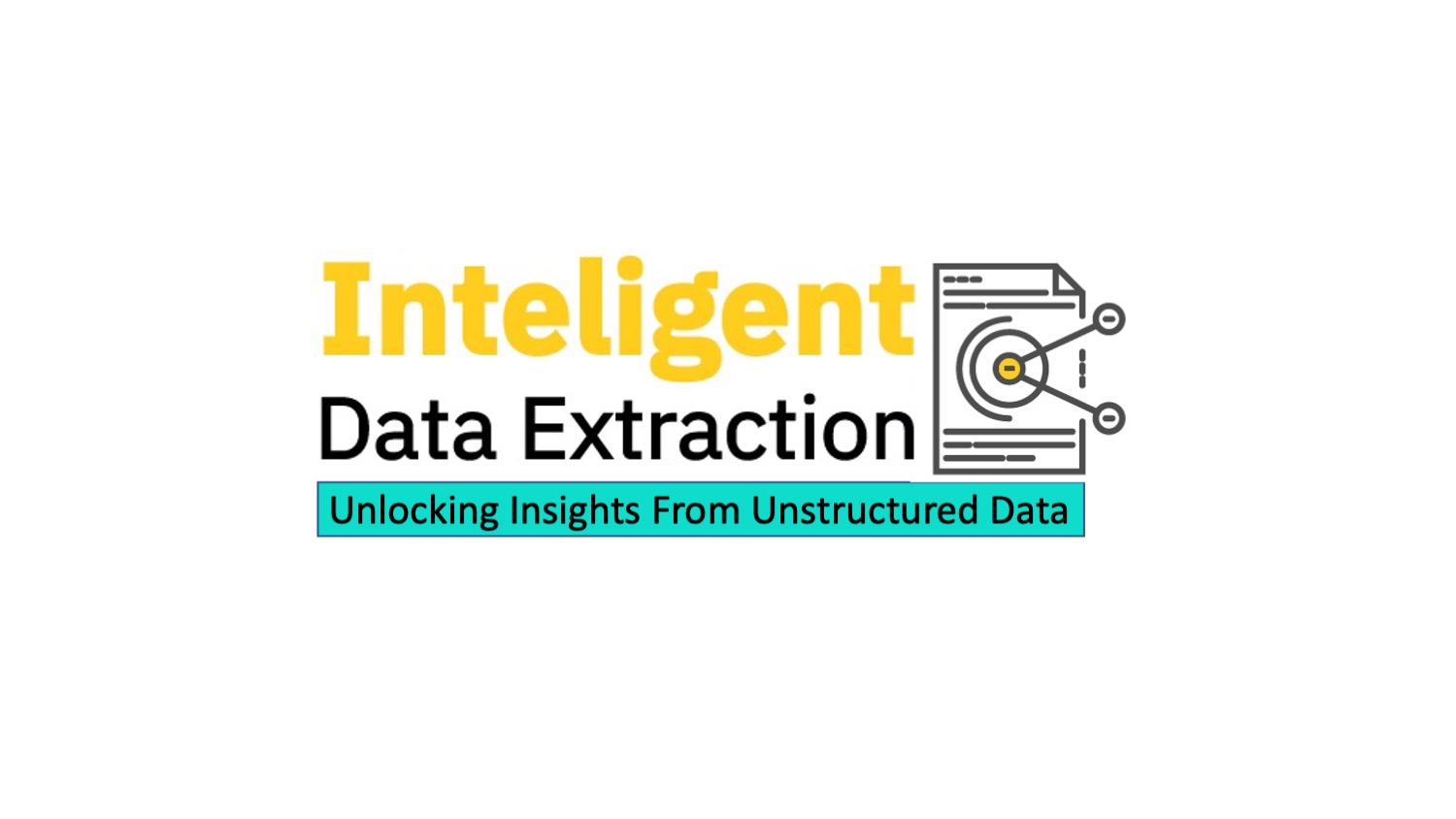In today’s digital age, data is the cornerstone of decision-making for businesses and individuals alike. But with the vast amount of information available, extracting relevant data efficiently can be a daunting task. That’s where intelligent data extraction comes in – a powerful tool that revolutionizes how we gather and utilize data to streamline workflows and enhance productivity.
What is Intelligent Data Extraction?
Intelligent Data Extraction is a cutting-edge technology that automates the process of extracting valuable information from unstructured data sources such as documents, images, and emails. Unlike traditional methods that require manual sorting and analysis, intelligent data extraction utilizes advanced algorithms and machine learning techniques to identify and extract relevant data points with precision and accuracy.
How Does Intelligent Data Extraction Work?
Imagine a digital assistant meticulously scanning through piles of documents, effortlessly recognizing patterns, and extracting essential information – that’s essentially how intelligent data extraction works. By leveraging techniques like optical character recognition (OCR) and natural language processing (NLP), the system can interpret and extract data from various formats, including scanned documents, PDFs, and emails.
Benefits of Intelligent Data Extraction
● Enhanced Efficiency: By automating tedious data extraction tasks, intelligent data extraction significantly reduces the time and effort required to process information.
● Improved Accuracy: Minimizing human error, this technology ensures precise extraction of data, leading to better decision-making and reduced risk.
● Cost Savings: Eliminating the need for manual labor and reducing processing time translates into cost savings for businesses.
● Scalability: Intelligent data extraction solutions can handle large volumes of data, making them suitable for businesses of all sizes.
Applications in Various Industries
From finance and healthcare to legal and retail sectors, intelligent data extraction finds applications across diverse industries. In finance, it streamlines the processing of invoices and financial statements, while in healthcare, it assists in extracting patient information from medical records. Similarly, in legal firms, it automates the extraction of relevant case details from legal documents, saving valuable time and resources.
Key Components of Intelligent Data Extraction
Data Capture: The initial step involves capturing data from various sources, including documents, emails, and images.
Pre-processing: Data undergoes preprocessing, where it is cleaned, normalized, and prepared for extraction.
Extraction Algorithms: Advanced algorithms are applied to extract relevant information from unstructured data.
Validation: Extracted data is validated to ensure accuracy and consistency.
Integration: Extracted data is integrated into existing systems or databases for further analysis and use.
Challenges and Solutions
While intelligent data extraction offers numerous benefits, it also comes with its set of challenges. These include handling diverse data formats, ensuring data privacy and security, and dealing with variations in language and formatting. However, with continuous advancements in technology and robust solutions, these challenges can be effectively addressed, ensuring smooth implementation and operation.
Future Trends and Innovations
The outlook for intelligent data extraction appears bright, as advancements continue in artificial intelligence, machine learning, and automation.. We can expect to see more sophisticated algorithms capable of handling complex data types, as well as integration with emerging technologies like blockchain and IoT, further enhancing efficiency and accuracy.
Implementing Intelligent Data Extraction
For businesses looking to leverage intelligent data extraction, it’s essential to choose the right solution provider and tailor the technology to specific needs. Conducting thorough research, evaluating different options, and considering factors such as scalability, compatibility, and support are crucial steps in successful implementation.
Conclusion
Intelligent data extraction is not just a technological advancement; it’s a game-changer for businesses seeking to harness the power of data for informed decision-making and enhanced productivity. By automating the extraction of valuable insights from unstructured data sources, this technology unlocks new possibilities for streamlining workflows and driving business growth.
















